Top 12 Technology Trends: Ever-Evolving Ethernet: From 10 to 400+ Gigabits
Bob Hult looks at how a commitment to backward compatibility, choice of copper and fiber optic media, and adoption of new signaling protocols have enabled Ethernet to keep pace with increasing bandwidth demands.
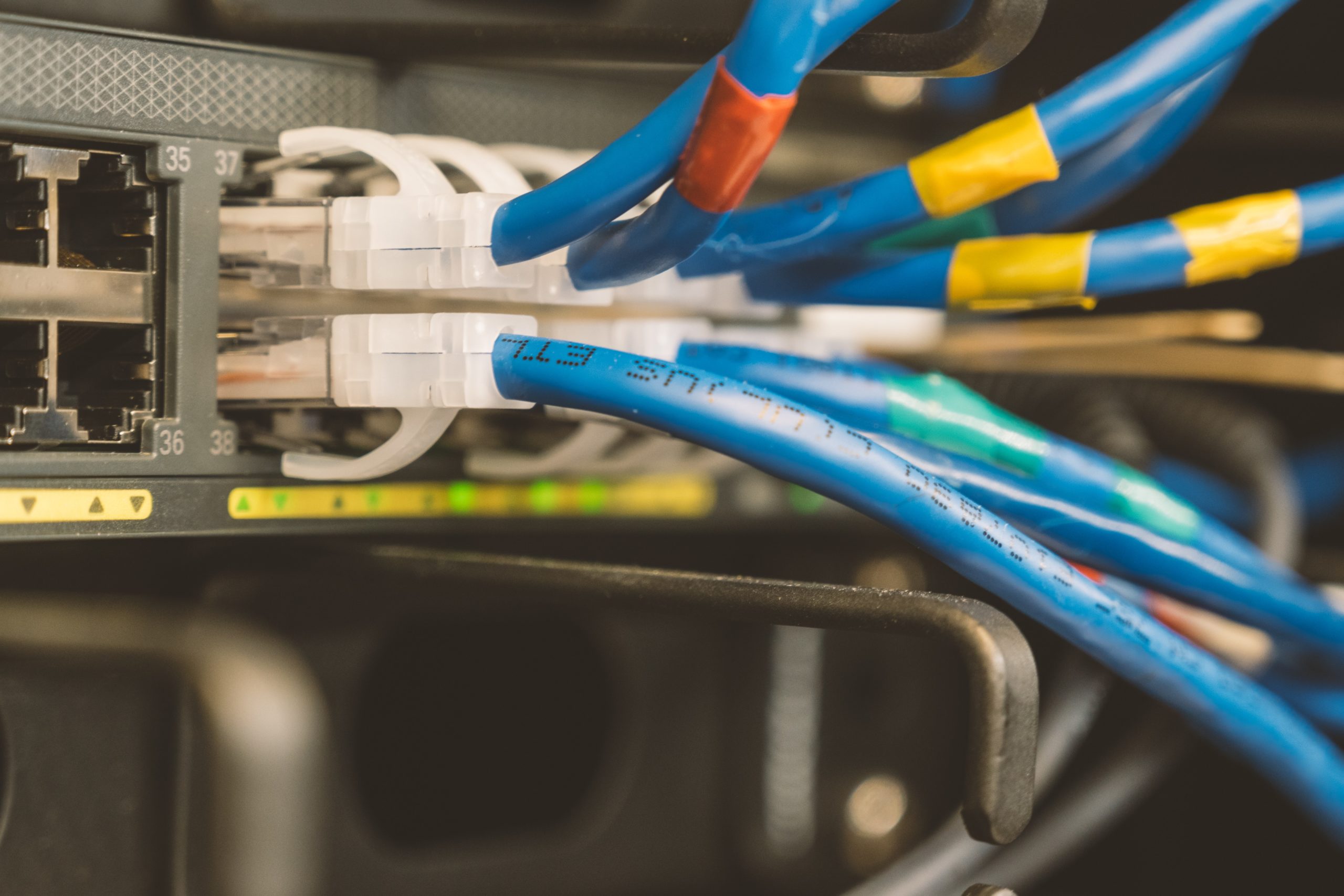
This is the eighth installment in the Technology Trends series by Bob Hult, a collection of articles that review leading technology trends that have had a significant impact on the electronic connector industry over the past 20 years.
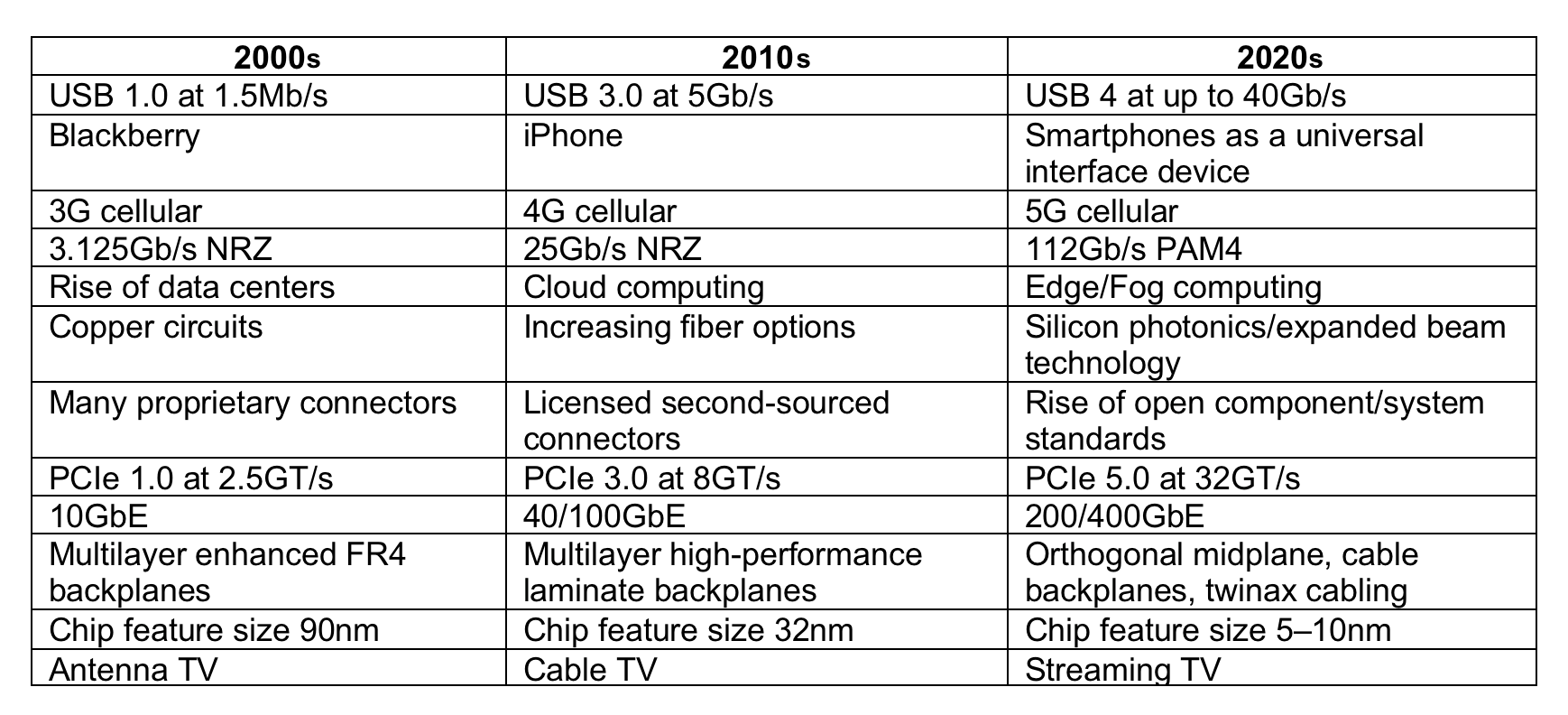
Evolving Ethernet: 10 to 400+ Gb/s
The networking protocol known as Ethernet is a prime example of how a standard can remain viable over decades even as incredible advances occurred in electronic data communication. From its inception in 1973 by Xerox engineer Bob Metcalfe, Ethernet was destined to become the premier local area network (LAN) protocol to support the growing communication needs of the world.
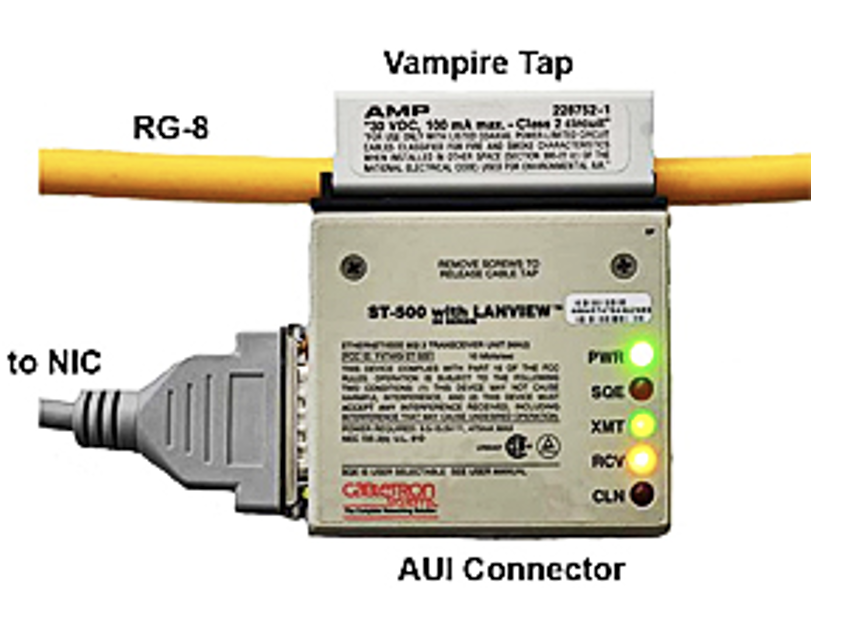 First standardized in 1983 as IEEE 802.3, the 10BASE5 specification utilized a bus structure with a unique cable-piercing vampire tap that could be applied anywhere along the length of a RG8 coaxial cable. The standard defined speeds up to 10Mb/s but often struggled to deliver 6Mb/s.
First standardized in 1983 as IEEE 802.3, the 10BASE5 specification utilized a bus structure with a unique cable-piercing vampire tap that could be applied anywhere along the length of a RG8 coaxial cable. The standard defined speeds up to 10Mb/s but often struggled to deliver 6Mb/s.
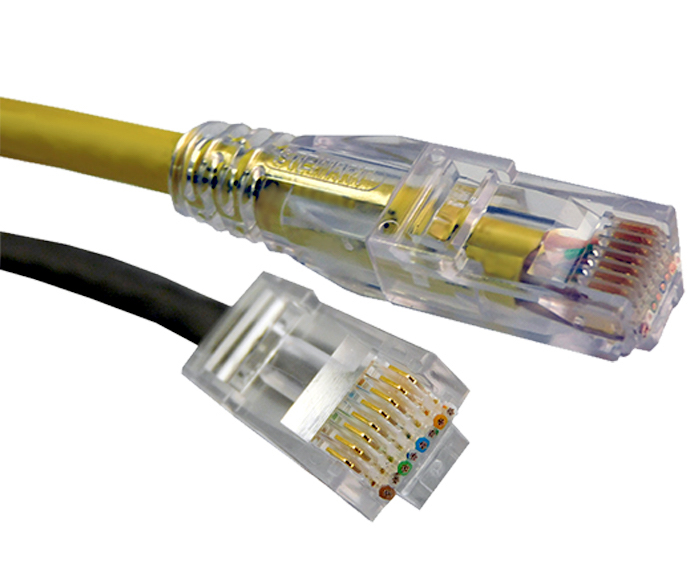 A continuing process of improvement in terms of data rate, physical size of the interface, ease of installation, and affordability enabled Ethernet to become the dominant network technology. A commitment to backward compatibility, choice of copper and fiber optic media, and adoption of new signaling protocols such as PAM4 have enabled Ethernet to keep pace with increasing bandwidth demands.
A continuing process of improvement in terms of data rate, physical size of the interface, ease of installation, and affordability enabled Ethernet to become the dominant network technology. A commitment to backward compatibility, choice of copper and fiber optic media, and adoption of new signaling protocols such as PAM4 have enabled Ethernet to keep pace with increasing bandwidth demands.
Bulky coaxial cable was replaced with a progression of upgraded twisted pair cable. Large and expensive coaxial connectors were replaced by the ubiquitous RJ45 connector that features an elegant low-cost and reliable design. The bus structure was upgraded to a switched architecture. Ethernet via fiber optic cable improved bandwidth, signal fidelity, and reach.

The success of the Ethernet protocol has, to no small degree, been enhanced by the Ethernet Alliance, a global, non-profit, industry consortium dedicated to the continued success and advancement of Ethernet technologies and ecosystems. The Ethernet Alliance regularly sponsors plug fests to verify equipment performance to the specification as well as to insure multi-vendor interoperability. It has been at the forefront of driving the performance of Ethernet in anticipation of next-generation high-speed equipment.
The result has been a consistent increase in speed and reach. Bit rates have historically improved by ten-fold and recently leapfrogged from 100Gb/s to the IEEE 802.3bs 200 and 400Gb/s specification approved in December of 2017.
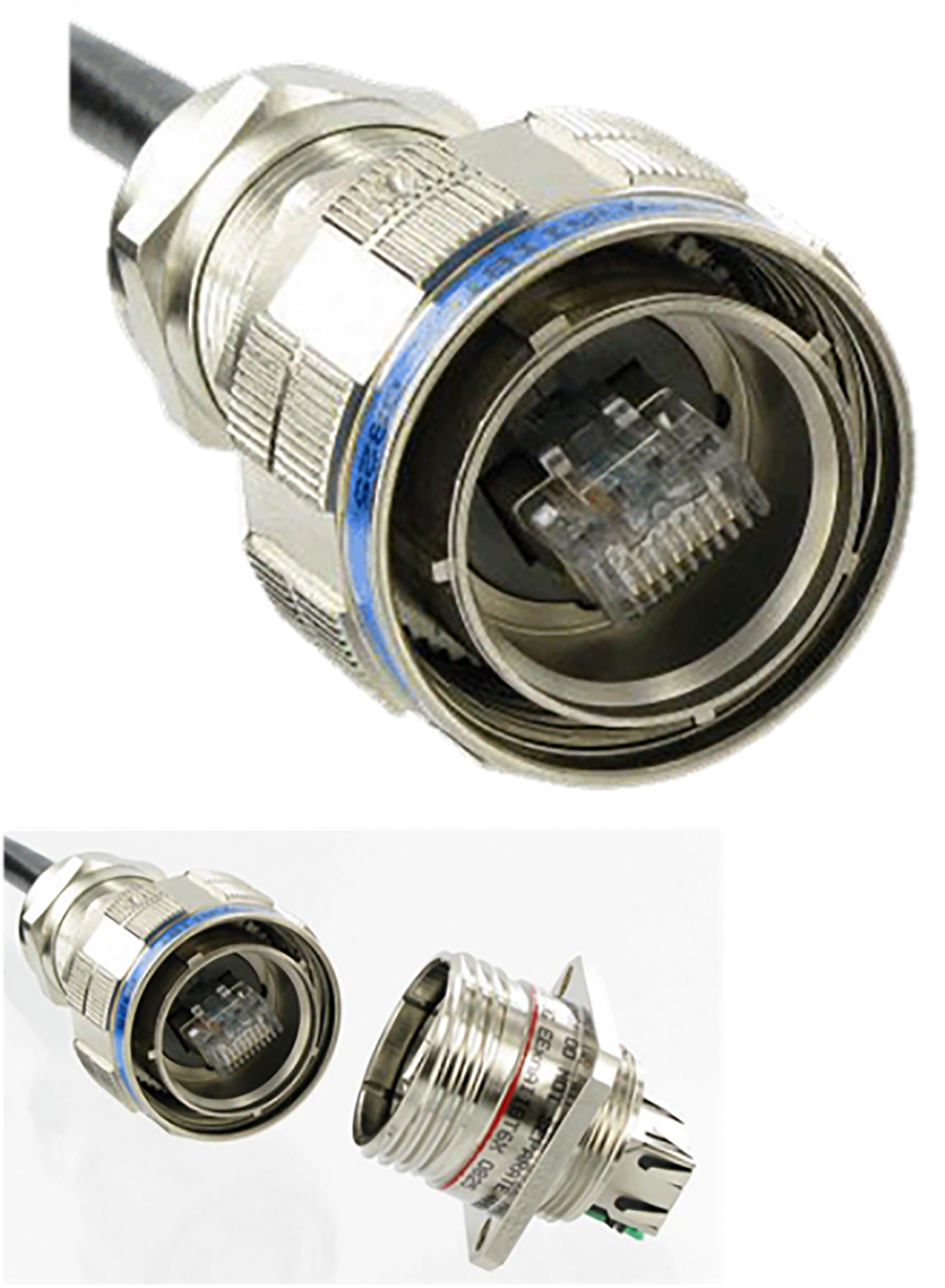
Amphenol Pcd’s rugged Ethernet solutions include threaded circular connectors with an internal RJ45.
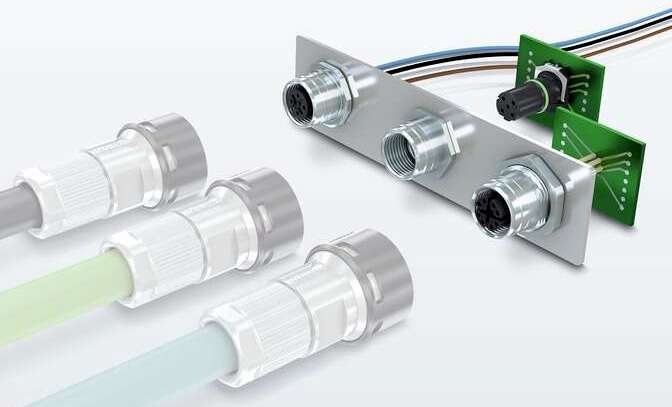
Phoenix Contact offers a range of M12 circular connectors for industrial networks.
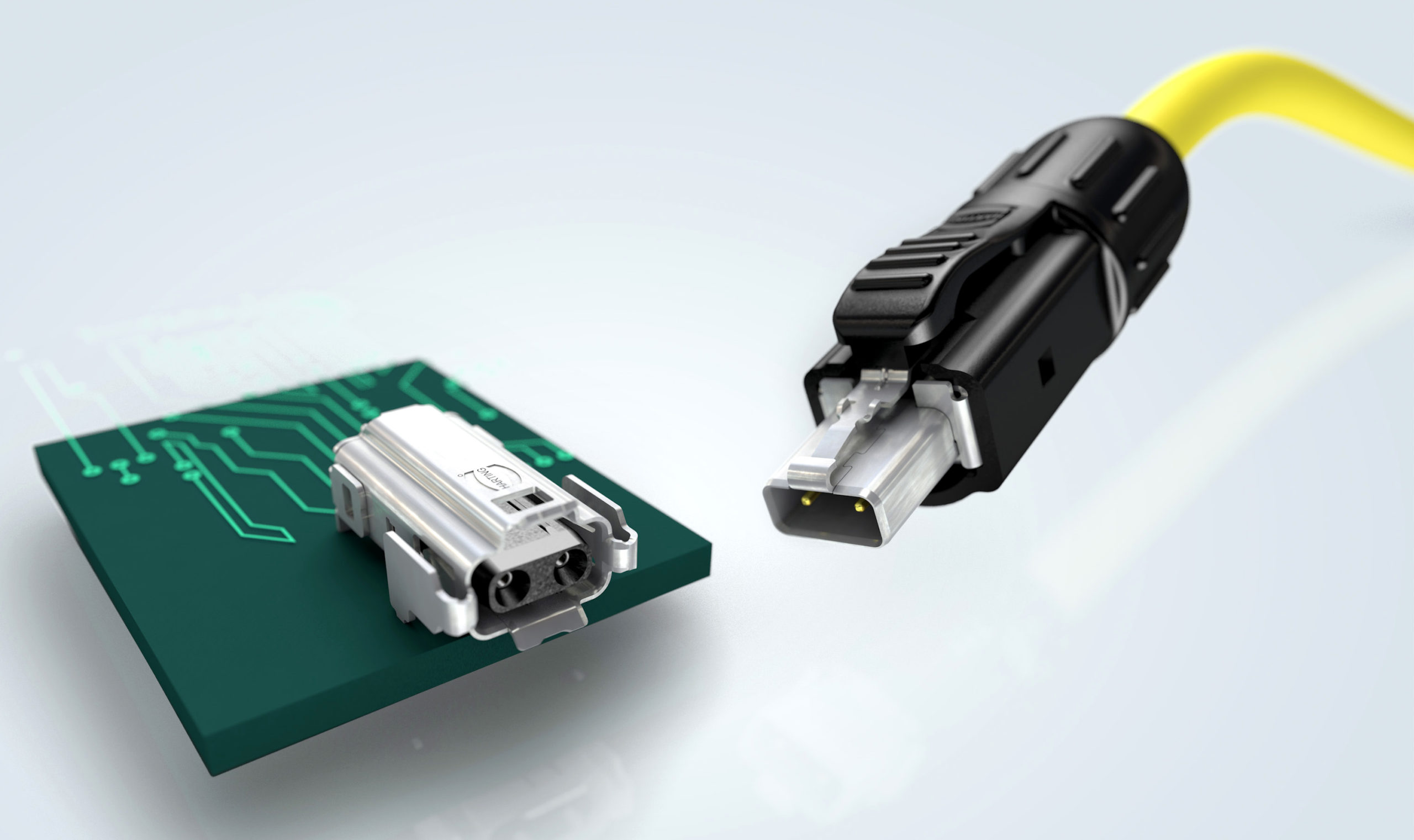
HARTING’s T1 Industrial SPE connector is ideal for industrial Ethernet applications, including automation and IIoT networks.
Along the way, Ethernet has expanded its range of applications by including ruggedized RJ45 connectors as well as utilizing the circular M12 connector commonly found in industrial automation environments.
One of the reasons that the Ethernet protocol has been so successful is the consortium’s ability to identify and quickly respond to evolving industry requirements. When manufacturers of remote equipment such as security cameras wanted to network their devices, they also had to provide local power in addition to the Ethernet cable — not an easy task in remote installations. The solution was Power over Ethernet (PoE), a technology that enables the power necessary to run the equipment to be delivered via Ethernet signal lines. As defined in a series of IEEE 802.3 specifications, the maximum power that can be delivered to a device has grown from 12.95 watts to 71 watts.
The most recent Ethernet adaptation is single-pair Ethernet (SPE), which is being driven by the advent of industrial IoT (IIoT) and Industry 4.0, as well as multiple automotive applications.
SPE provides a simplified and standardized high-speed communication protocol using a miniaturized interface capable of surviving the harsh environment of the factory floor. Multiple IEEE 802.3 standards have been published to address a balance between bandwidth, power, and reach. SPE is expected to find high-volume applications in robotics, vision systems, sensors, and consumer IoT.
Recognizing that logarithmic growth of data transfer rates is already pushing the capacity of next-generation interfaces, the Ethernet Alliance has initiated a study group tasked with identifying what transfer rates will be required within the next five years. The objective is to determine the feasibility of both copper and fiber channels operating at 800Gb/s and/ or 1.6Tb/s. Simply supporting existing requirements is no longer acceptable; the industry must anticipate and plan for the next forklift of data transfer speeds.
Like this article? Check out our other Bob’s Technology Trends Series, Ethernet, High-Speed and Standards articles, our Wire and Cable Assemblies Market Page, and our 2021 and 2020 Article Archives.
- Optics Outpace Copper at OFC 2024 - April 16, 2024
- Digital Lighting Enhances your Theatrical Experience - March 5, 2024
- DesignCon 2024 in Review - February 13, 2024





